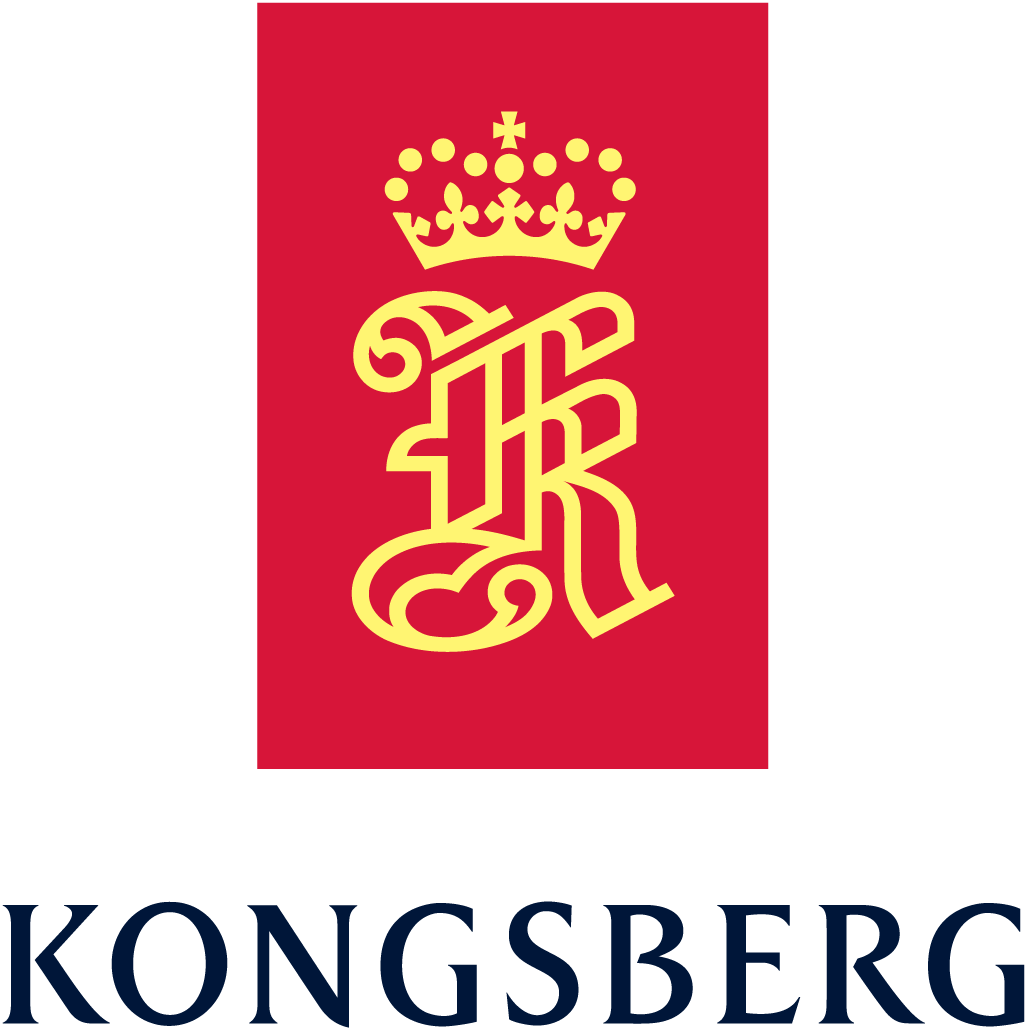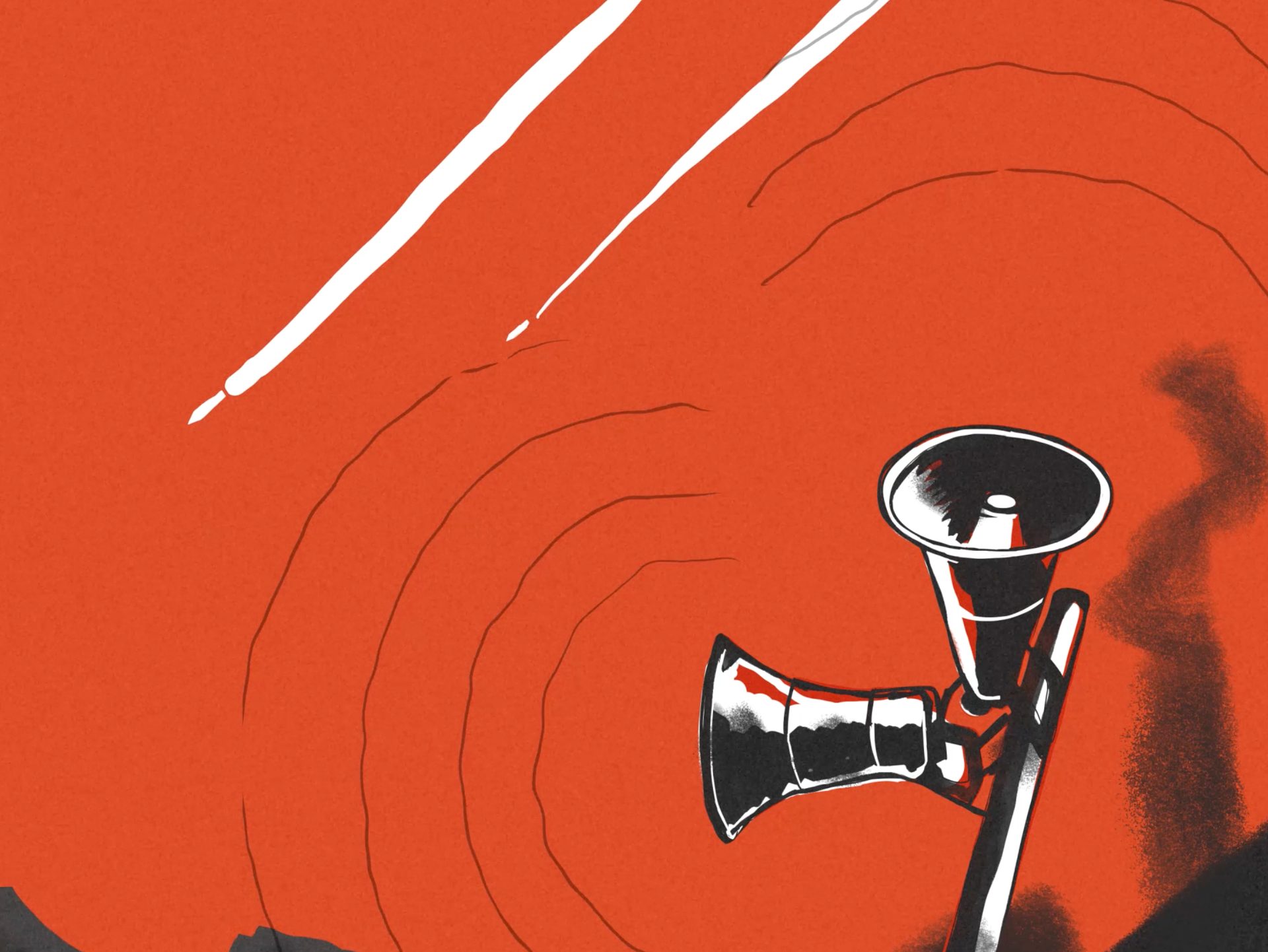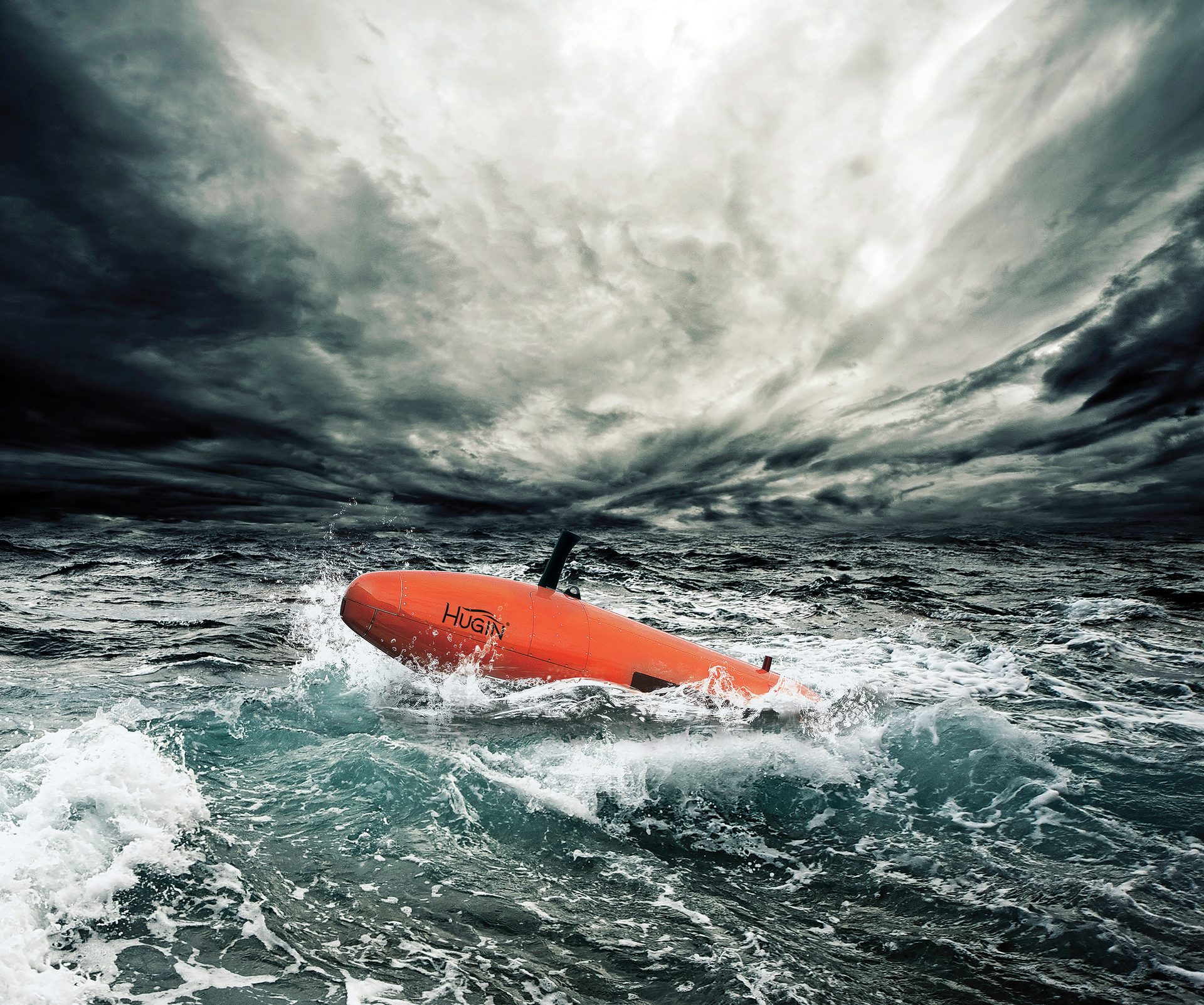Digital Twins Can Save Lives
The potential of digital twin technology is immense, but we don't have to travel to the future to see results: the technology can already save lives on land and at sea.
Journalist: Siri Skaustein
Photo: Kongsberg Gruppen
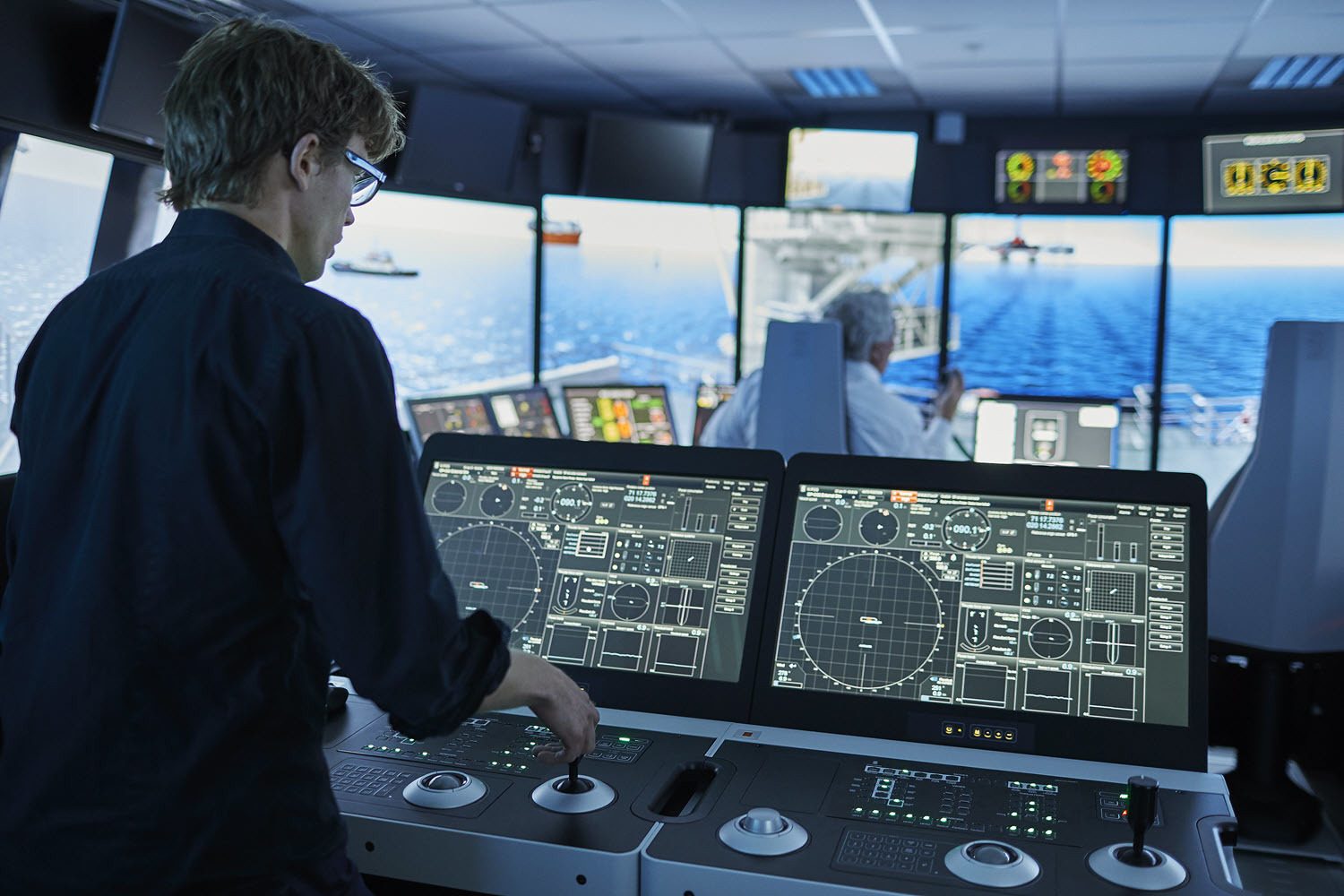
–Working in the industry can be dangerous. You climb high buildings, have large cranes looming over your head, or work near toxic fumes. In such conditions, information is crucial to minimise the risk of accidents. Digital twins play a key role in this.
The words belong to Shane McArdle, CEO of Kongsberg Digital. As a market-leading provider of industrial software for sectors including maritime, energy, and renewables, Kongsberg Digital plays a vital role in giving operators and engineers a smarter, safer, and better workplace – through digital twin technology, among other things.
Shane McArdle
CEO, Kongsberg Digital.
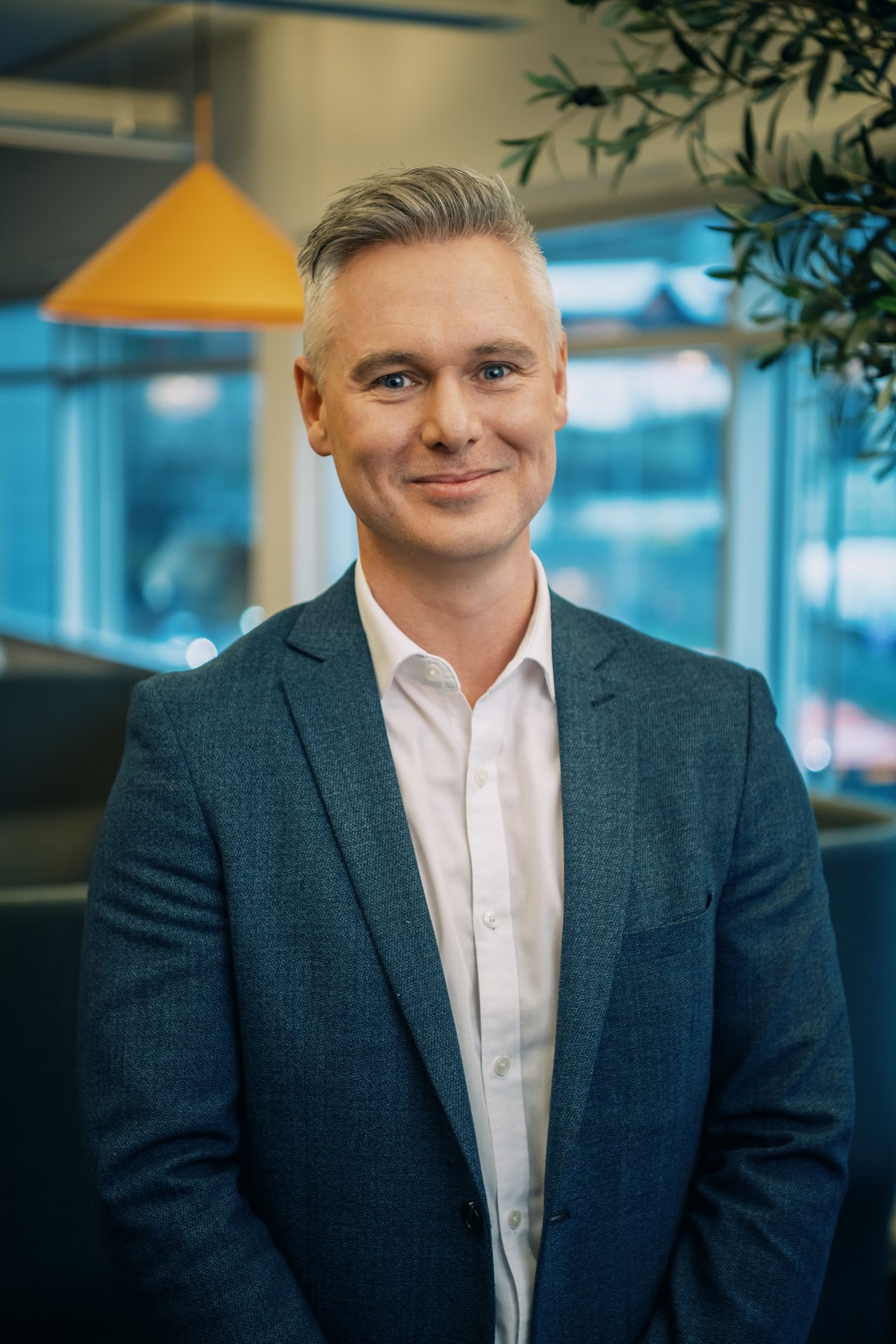

– A digital twin is, in short, a digital version of a physical object.
What is a Digital Twin?
McArdle firmly believes that digital twins will deliver smarter solutions and enhanced quality of life for all of us. But what exactly is a digital twin?
"A digital twin is, in short, a digital version of a physical object. By putting humans at the centre of digital twin technology, we change the way we currently work for the better. It contributes to smarter, safer, and more sustainable industries," McArdle explains. He compares it to building a profile on social media:
"You enter information about your age, where you live, whether you're married and have children, and so on. The sum of the information you enter becomes your avatar, or digital twin."
Back to the hazards of working on large industrial facilities: how can a digital twin contribute to making the work environment safer – on for instance a platform in the North Sea? It all comes down to systematised access to information.
"There is a challenge that information is stored in silos, without being interconnected. When we gather all the data we have, we get a better overview of the situation or task. It's all the pieces of the puzzle that make up a whole. The more data we have, the more complete the picture," says McArdle.
When all this data is compiled, one can then construct a digital twin. Through real-time information and precise 3D models, you can constantly monitor and oversee the work being carried out on the platform, ensuring that everyone working there always has a full overview. It also reduces the risk of human error.
"People tend to take shortcuts or do things the way they're accustomed to. Computers are excellent at finding patterns and predicting what may happen. What needs to be done differently if the temperature is turned up or down a degree, or if the pressure changes? When we delegate the job of collecting and analysing data to a machine, we also eliminate the risk of error.
A safer working day – on platforms and in Industry
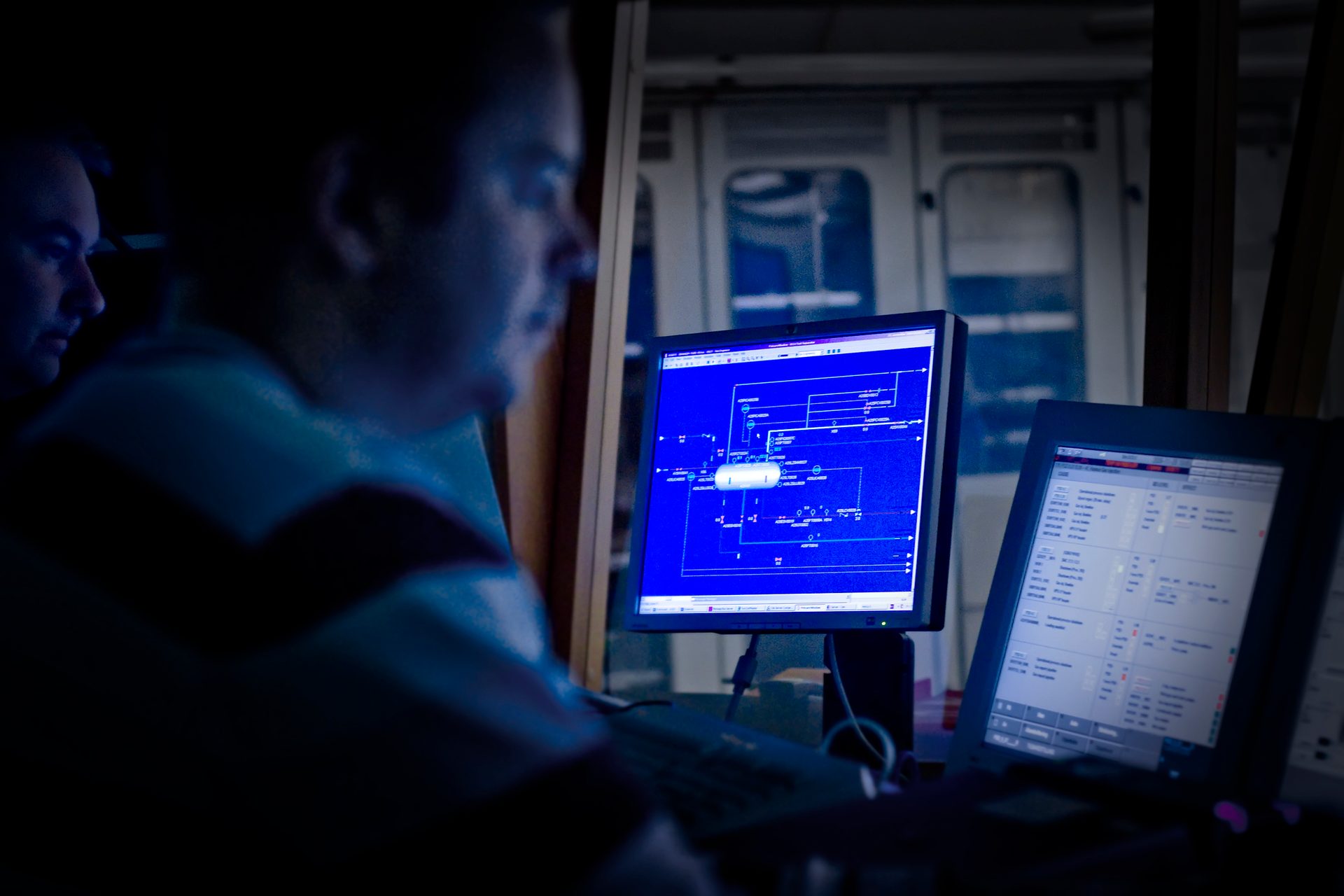
Through real-time information and precise 3D models, you can constantly monitor and oversee the work being carried out on the platform.
– On your screen, you can see on the 3D models of the platform exactly where the valve you need to inspect is located.
In addition, it's more efficient. An engineer, a technician, or an operator all need to complete the job they're hired to do. But often, much of their time is spent waiting – for information, for parts to arrive, or for data. Digital twins better facilitate engineers on platforms, ships, or processing plants to spend more of their working hours doing what they are hired to do. This can increase both efficiency and profitability – and most importantly, reduce the risk of accidents.
"Perhaps your task is to maintain a valve on a large platform. You must locate exactly where it is, what obstacles you might encounter along the way and whether it's hard to reach. Additionally, you need information about when it was last repaired or replaced, where it was purchased, and by whom, and how long it might be before it needs replacing. A digital twin can assist you with all these things," McArdle explains.
"On your screen, you can see on the 3D model of the platform exactly where the valve you need to inspect is located. You can perform a visual inspection of it to ensure it isn't damaged. Then you can click on the valve on the screen and pull up data about the entire history of that specific part and check off that everything is okay. You've spent fifteen seconds on something that previously might have taken an entire day.
Less waiting, faster completion
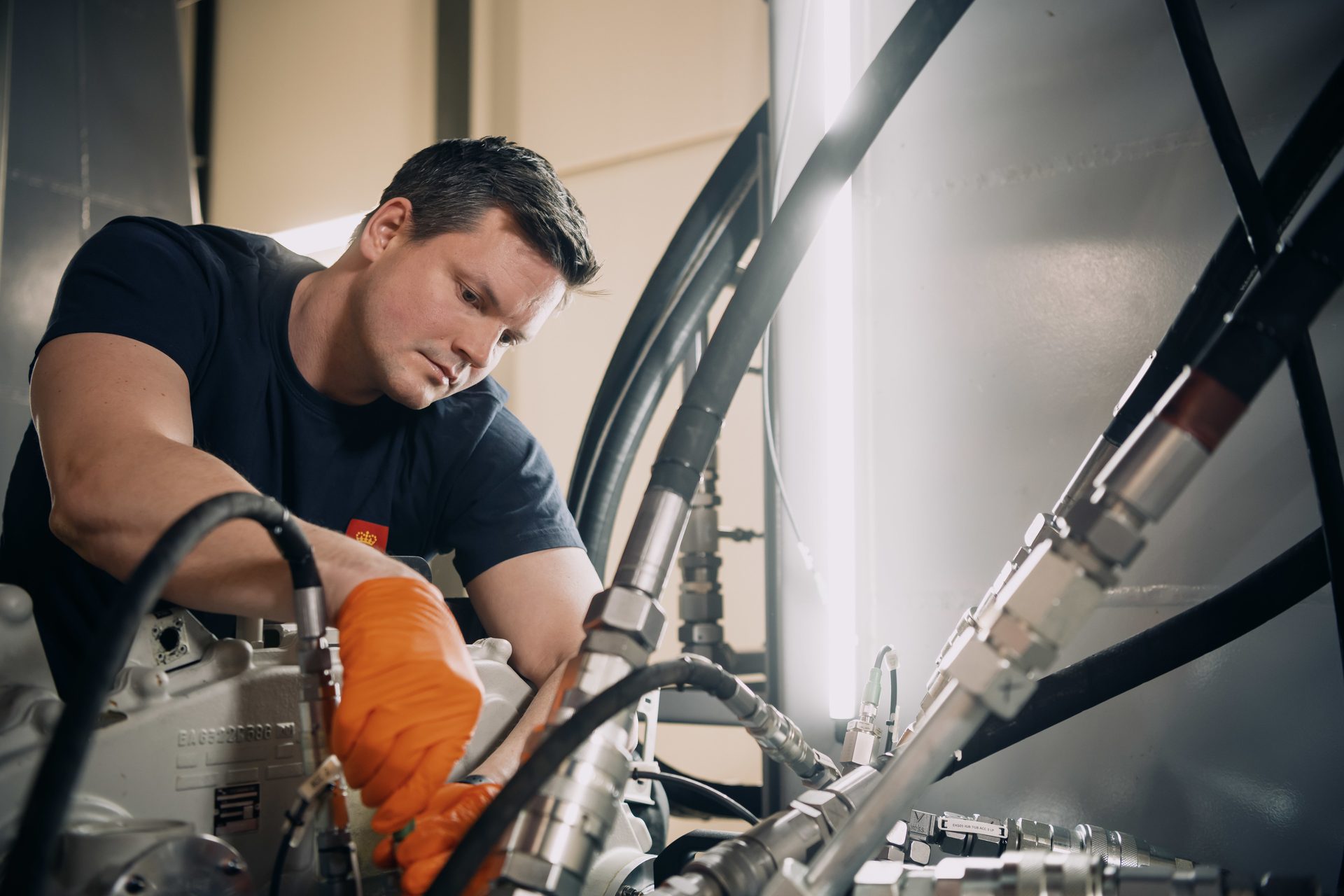
Having people offshore is both expensive and risky – from transportation to and from, to the actual work on the platform. One must weigh up the risk against the benefit of having people there. It's a clear advantage if you can also have engineers and experts onshore, who can have complete oversight of infrastructure, critical data, and reports. And who can leave work at 4 pm, and not have to work four weeks on, four weeks off.
"If you control the platform from land, you can send the right expertise out there when you need physical hands to perform maintenance or install new equipment. Many of these tasks will also be carried out by robots over time – robots that can reach difficult places and which today can be associated with a high safety risk. It's not about taking away jobs; it's about using technology intelligently and reducing the risk of accidents.
Working from home on an oil platform
Although digital twins will be able to take over some of our tasks, Shane McArdle at Kongsberg Digital is convinced that such technology will positively impact work life, society – and personal life.
Humans still at the centre
– It's about putting humans at the centre, not automating them out of the equation. Digital twins mean that you can free up your workday from spending much time on smaller tasks, to instead concentrating on larger and more important tasks.
Shane McArdle
More stories from Kongsberg Gruppen
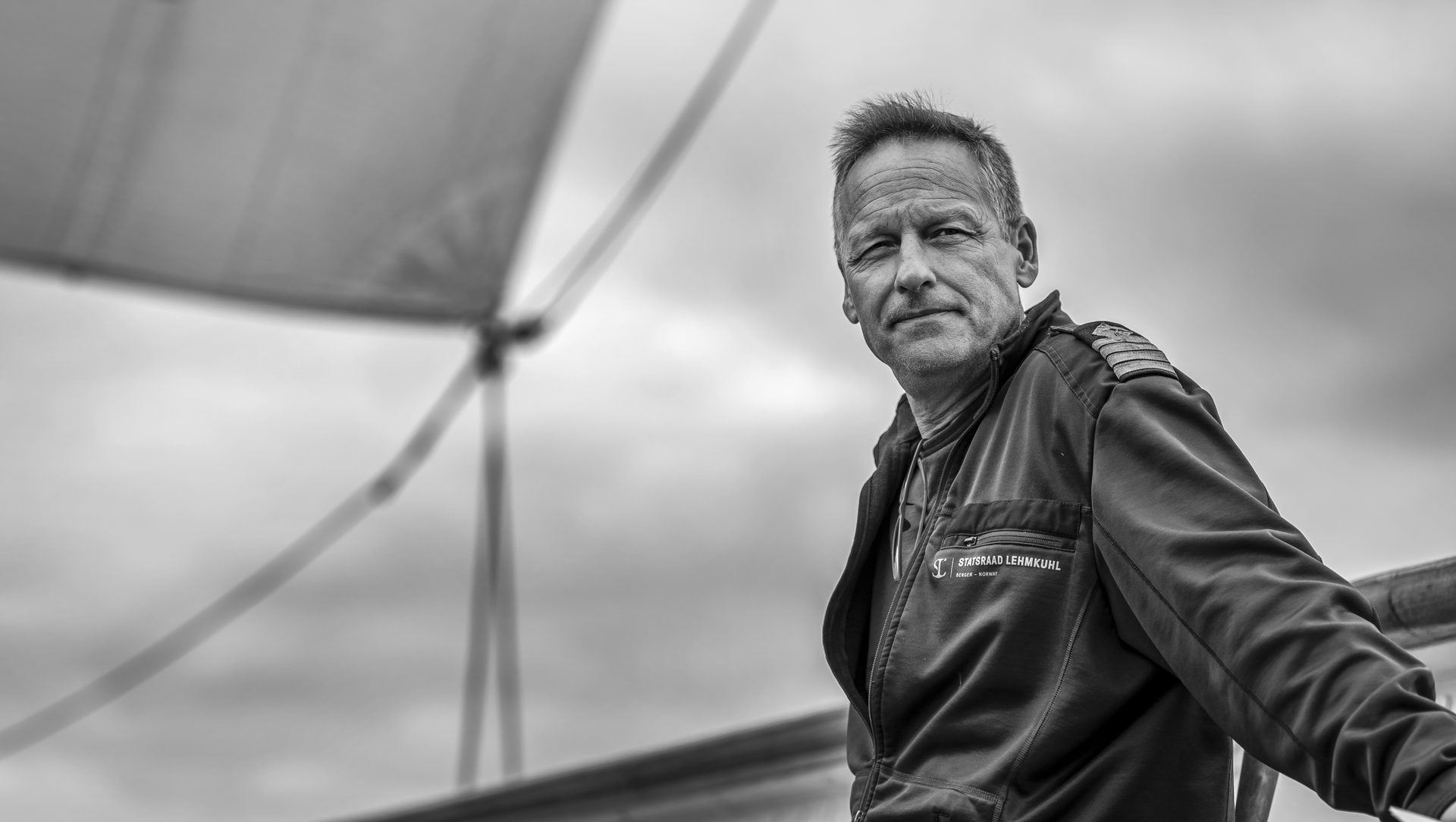

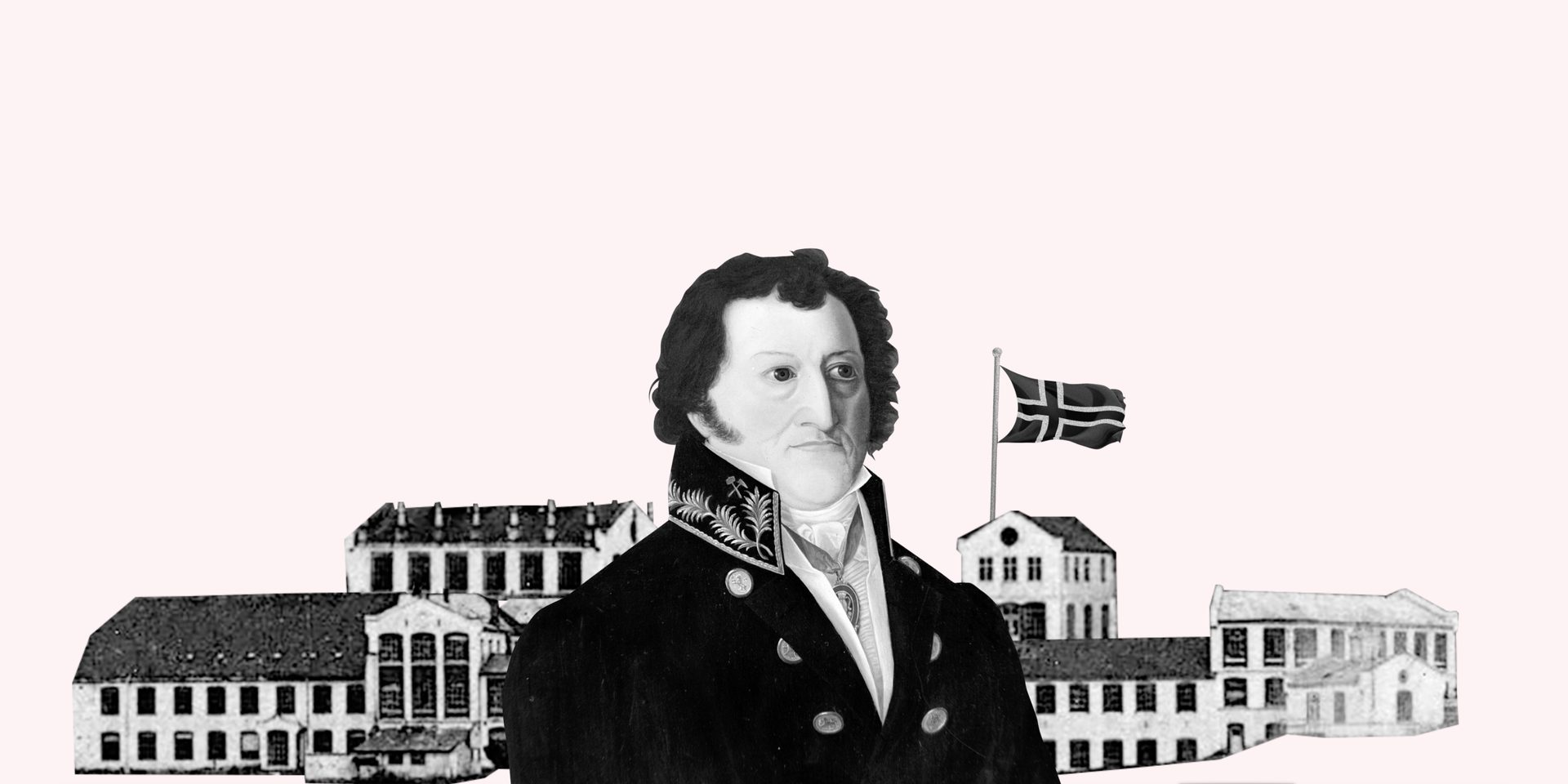

– Det gir oss muligheten til å ta pulsen på jorda
– Det gir oss muligheten til å ta pulsen på jorda
– Et industrieventyr gjennom 200 år
– Hvis du er opptatt av det nyeste innen robotikk, er dette stedet
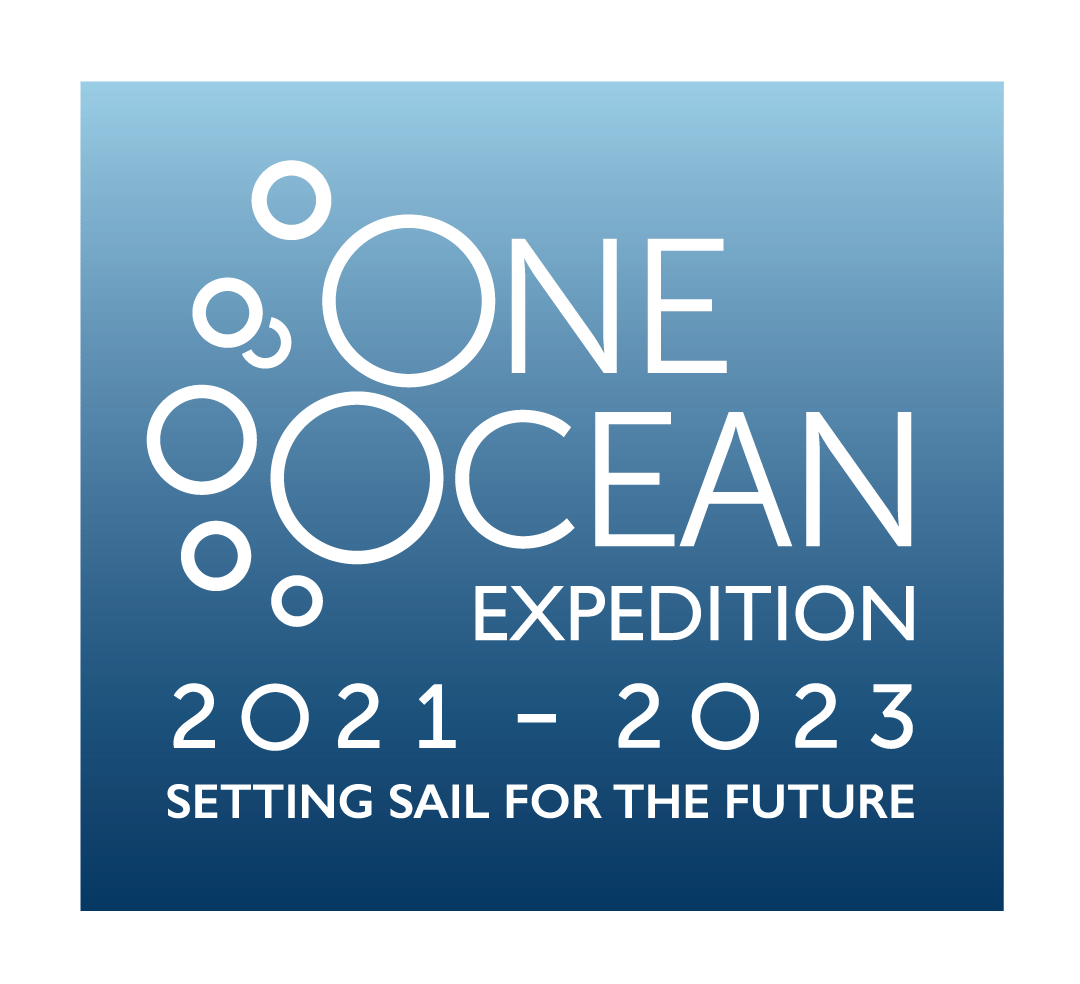
Dette er One Ocean Expedition
One Ocean Expedition er en del av FNs havforskningstiår, og har som mål å skape oppmerksomhet og dele kunnskap om hvor viktig havet er for en bærekraftig fremtid i et globalt perspektiv. Fra august 2021 har Statsraad Lehmkuhl vært på en to år lang jordomseiling, og har underveis fungert både som opplærings- og forskningsfartøy. Skipet er utstyrt med topp moderne forskningsutstyr, som kontinuerlig har samlet inn data om hvordan vi mennesker påvirker havet. Underveis har det blitt arrangert utstillinger og andre aktiviteter for skoler, universiteter og partnere verden rundt.



